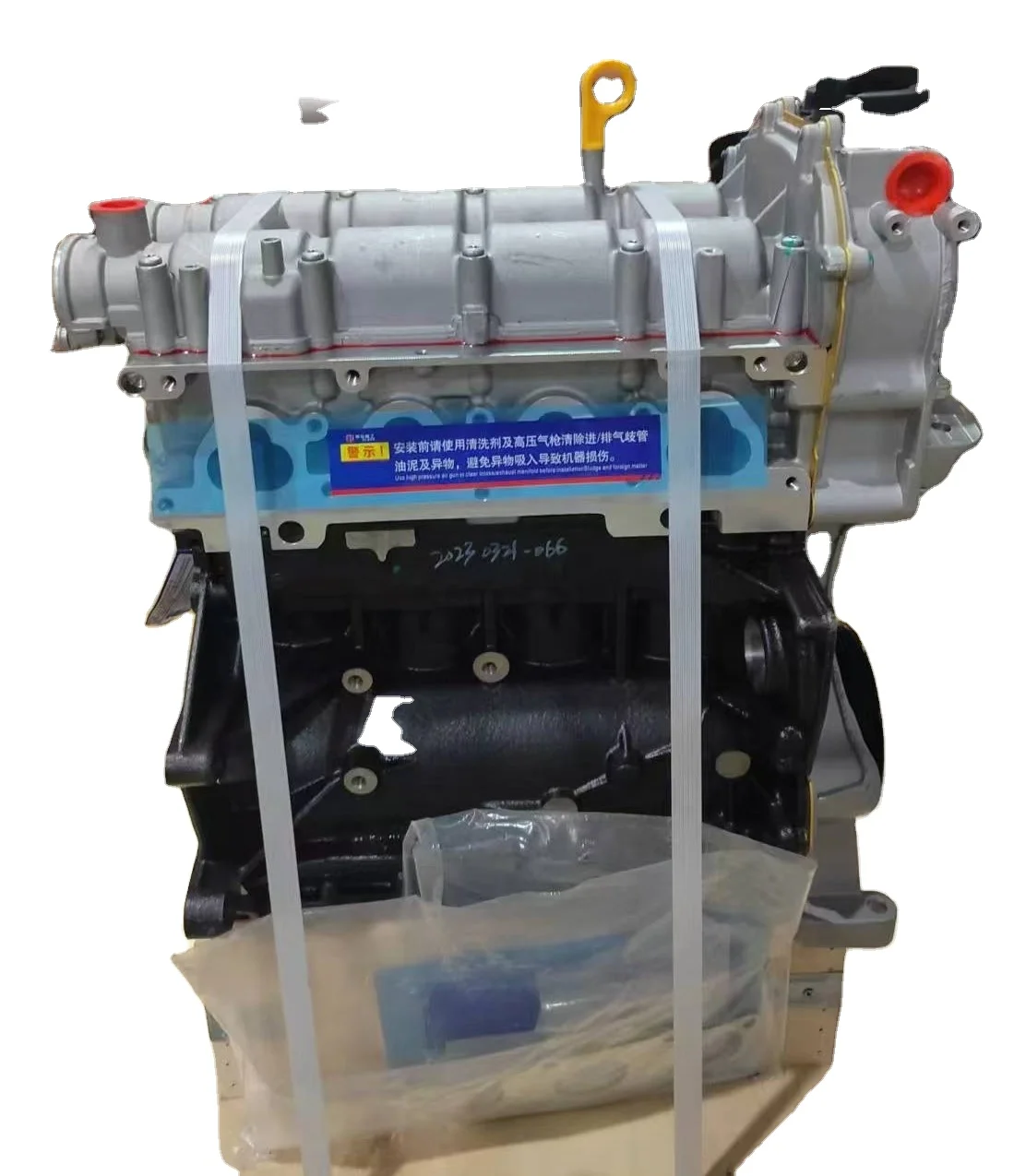Increase fuel efficiency with a top-tier clp engine.
Wiki Article
Just How a Clp Engine Can Improve Performance in Numerous Industries
The advent of CLP engines marks a considerable change in functional effectiveness throughout numerous sectors, driven by their capability to enhance gas intake and minimize downtime. As organizations significantly prioritize sustainability together with effectiveness, the function of CLP engines comes to be also more vital.Summary of CLP Engines
CLP engines, or Constant Liquid Propellant engines, represent a substantial innovation in propulsion modern technology, specifically for area applications. These engines utilize a continuous feed system that permits the sustained expulsion of propellant, resulting in enhanced efficiency and efficiency compared to traditional strong or hybrid propulsion systems. By keeping a continuous flow of fluid propellant, CLP engines can accomplish much more precise thrust control, which is essential for maneuvering spacecraft in numerous objective scenarios.The layout of CLP engines integrates advanced materials and cutting-edge gas management systems. clp engine. This causes decreased weight and increased integrity, vital variables for long-duration area missions. The constant procedure reduces the threat of combustion instability, a typical challenge in traditional rocket engines.

Benefits in Manufacturing
The production of Continual Fluid Propellant (CLP) engines provides numerous noteworthy benefits that improve both effectiveness and cost-effectiveness. Among the main benefits is the streamlined manufacturing procedure, which minimizes the complexity connected with conventional propulsion systems. By using liquid propellant, producers can achieve greater accuracy in engine efficiency, causing enhanced energy result and lowered waste.Furthermore, CLP engines help with a higher level of modularity, permitting much easier integration right into numerous manufacturing lines. This adaptability can significantly decrease lead times and enhance total functional flexibility. The usage of CLP innovation also often tends to lessen the need for extensive upkeep because of fewer relocating parts, which converts into lowered downtime and operational prices.

Applications in Logistics
Leveraging Continuous Liquid Propellant (CLP) engines in logistics offers significant advantages in operational effectiveness and integrity. These engines give a durable option for various transportation needs, enabling the seamless movement of items throughout huge ranges. The intrinsic style of CLP engines enables constant power outcome, which equates into smoother and more predictable transportation schedules.Among the vital applications of CLP engines in logistics remains in durable freight transport, where they can drive both ground and airborne lorries. Their capability he said to preserve high performance under differing tons conditions makes sure that shipment timelines are met, thereby boosting consumer contentment. Furthermore, CLP engines can be integrated into automated logistics systems, helping with real-time tracking and maximizing path planning.
In addition, the longevity of CLP engines minimizes maintenance downtime, permitting logistics business to maximize their functional abilities. This is particularly valuable in look at this web-site warehousing operations, where efficiency in managing and carrying goods is important. As logistics remains to advance, the combination of CLP engines represents a forward-thinking strategy that not only boosts performance yet also sustains the industry's expanding needs for dependability and rate.
Effect on Power Effectiveness
Just How do Continual Liquid Propellant (CLP) engines boost power effectiveness in transport? CLP engines utilize a regular flow of liquid fuel, maximizing combustion processes and keeping a stable thrust outcome. This layout reduces power losses linked with conventional combustion engines, where gas delivery can differ and lead to inefficiencies.The continuous procedure of CLP engines enables for a more efficient thermal cycle, resulting in greater specific impulse compared to traditional engines. clp engine. This equates to lowered fuel consumption for the exact same amount of job done, substantially decreasing functional prices across various transportation industries, consisting of aeronautics and maritime sectors
In addition, the ability of CLP engines to keep optimal performance under varying load conditions decreases the need for regular acceleration and deceleration, even more improving fuel effectiveness. Enhanced power effectiveness not just adds to cost savings but also results in lower greenhouse gas emissions, lining up with worldwide sustainability goals.
Future Trends and Innovations
Emerging developments in Continuous Liquid Propellant (CLP) engine modern technology assurance to change the landscape of transport effectiveness and sustainability. As markets pivot toward greener options, CLP engines stand at the forefront, incorporating cutting-edge products and style methodologies that enhance efficiency while lessening environmental impact.Among the most appealing patterns is the adoption of hybrid systems that incorporate CLP engines with renewable resource resources. This harmony can optimize gas usage and reduce emissions, aligning with international sustainability goals. Furthermore, advancements in computational liquid dynamics (CFD) are facilitating the Recommended Site style of more aerodynamically reliable engines, resulting in reduced drag and boosted fuel performance.
Furthermore, the advancement of smart tracking systems is set to improve functional effectiveness. These systems utilize data analytics and IoT innovation to enhance engine performance in real-time, making sure that the engines run within their most reliable specifications.
As research continues to check out alternative propellant solutions-- such as biofuels and artificial gas-- the future of CLP engines looks promising. By harnessing these developments, sectors can not just improve their efficiency yet likewise add significantly to a cleaner, much more lasting future in transport.
Conclusion
In final thought, CLP engines stand for a substantial development in efficiency throughout multiple markets. Their capacity to maximize gas consumption and decrease operational expenses, integrated with a continual feed system, boosts power output and functional dependability. The combination of sophisticated products and less relocating components decreases upkeep needs, while alignment with sustainability goals positions CLP engines as a pivotal technology for the future. Continued advancement in this area guarantees additional enhancements in effectiveness and environmental efficiency.Report this wiki page